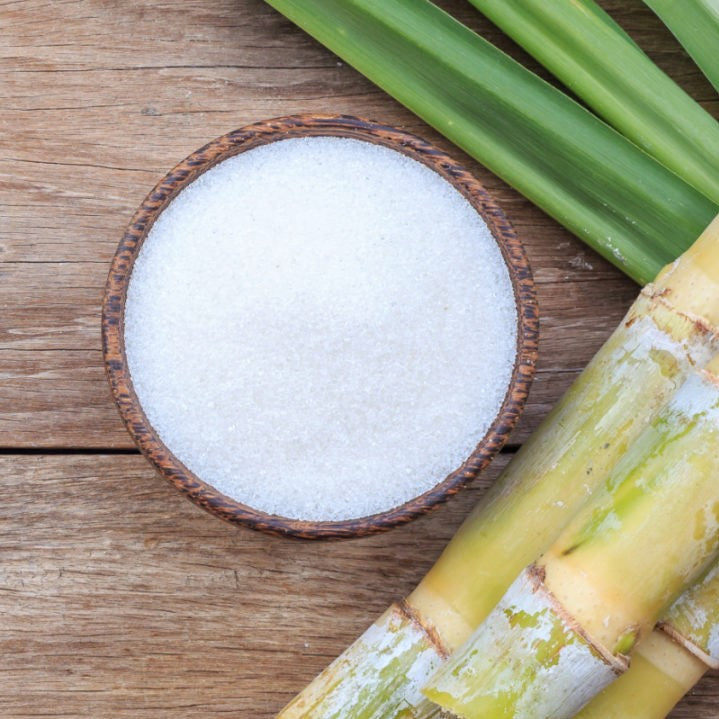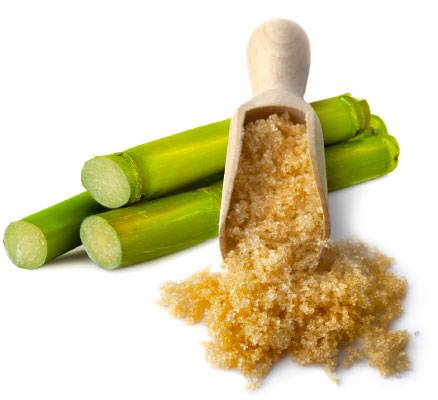Understanding Cane Sugar Processing: A Comprehensive Summary of the Stages
Understanding Cane Sugar Processing: A Comprehensive Summary of the Stages
Blog Article
Checking Out the Comprehensive Tips Associated With Cane Sugar Processing From Harvesting to Refinement
The procedure of walking cane sugar manufacturing incorporates a series of elaborate actions, starting with the careful harvesting of sugarcane and finishing in the refinement phases that ensure the end product satisfies market criteria. Each stage, from the extraction of juice to the filtration and formation processes, plays an essential function in establishing the top quality and personality of the sugar. Comprehending these phases not only highlights the complexity of sugar manufacturing yet additionally increases important questions regarding effectiveness, sustainability, and technology in the market. What ramifications do these elements have for future practices?
Harvesting Sugarcane
Gathering sugarcane is an essential step in the walking cane sugar handling chain, as it directly affects the top quality and return of the final product. Proper timing and methods are crucial throughout this phase to make certain ideal sugar web content and decrease losses. Usually, sugarcane is gathered when it gets to maturation, usually 12 to 18 months after planting, identified by a high sucrose focus.

Post-harvest, the sugarcane must be processed swiftly to stop sucrose destruction. Preferably, gathered walking cane ought to be moved to processing centers within 1 day to maintain sugar top quality. For that reason, effective logistical preparation is important to preserve the integrity of the gathered crop throughout the supply chain.
Removal Process

The smashed walking cane goes through a collection of pushing procedures to optimize juice recovery. Generally, warm water is sprayed onto the crushed walking cane, developing a countercurrent flow that helps liquify the sugar while also aiding in the removal procedure. The juice gathered from this procedure has not only sugar but likewise numerous organic compounds and contaminations.

To boost removal efficiency, some centers may employ diffusion methods, where the sugarcane is saturated in warm water, allowing the soluble sugars to diffuse into the fluid. The resulting juice, abundant in sucrose, is after that directed to subsequent processing phases, laying the foundation for purification and refinement. The removal procedure is hence essential in determining the quality and return of the last sugar product.
Filtration Strategies
The filtration methods employed in walking stick sugar processing are vital for changing the raw juice right into a high-grade sugar product. These approaches mostly intend to eliminate impurities, such as dirt, plant products, and inorganic materials, which can adversely impact the final item's flavor and color.
One of the most usual filtration techniques is clarification. This procedure entails adding lime and warmth to the raw juice, which assists in the coagulation of contaminations. The resulting precipitate is after that removed with sedimentation or purification, yielding a more clear juice. In Going Here addition, using phosphoric acid can boost the clarification process by additional binding contaminations.
An additional significant strategy is carbonatation, where co2 is presented to the made clear juice. This response produces calcium carbonate, which catches remaining impurities and advertises their removal.
In addition, turned on carbon treatment might be put on adsorb any remaining colorants and organic pollutants, ensuring a more polished product. The combination of these approaches efficiently prepares the sugar juice for succeeding actions in the refining process, establishing the phase for the production of high-quality walking stick sugar.
Crystallization Methods
After the filtration phase, the following important action in cane sugar handling involves crystallization approaches, which play a critical duty in changing the cleared up juice into strong sugar. This procedure usually utilizes two key methods: spontaneous condensation and regulated crystallization.
In spontaneous condensation, supersaturated sugar services are permitted to cool normally, leading to the formation of sugar crystals over time. This technique enables for the uniform growth of sugar crystals and greater purity.
Throughout crystallization, the made clear juice is concentrated with dissipation, raising its sugar web content till it reaches supersaturation. Once this factor is accomplished, either approach can help with the formation process. Cane Sugar Processing. The resultant sugar crystals are after that divided from the staying syrup with centrifugation
Inevitably, the option of condensation method affects the quality, size, and purity of the last sugar item, making this step vital in the general walking cane sugar handling treatment.
Improvement and Product Packaging
Just how can the purity and high quality of walking stick sugar be better boosted after condensation? The improvement procedure plays a crucial function in accomplishing premium walking stick sugar. Following formation, sugar goes through a thorough washing to remove pollutants and recurring molasses. This is commonly achieved using warm water or vapor, which aids liquify and remove undesirable components while maintaining the sugar crystals.
Next, the sugar undergoes a procedure called centrifugation, where it is spun at broadband to divide the cleansed sugar crystals from the remaining fluid. After centrifugation, the sugar is often more improved through a technique called carbonization or phosphatation, which makes use of turned on carbon or phosphoric acid to get rid of shade and off-flavors.
Once fine-tuned, the sugar is dried out to attain the desired dampness content, guaranteeing that it stays steady throughout storage and transport. The final action entails product packaging the refined sugar in moisture-proof and airtight containers to preserve its top quality and protect against contamination. Cane Sugar Processing. Proper packaging not just extends service life but likewise promotes very easy handling and circulation, ensuring that consumers get sugar that fulfills the highest possible requirements of pureness and high quality
Conclusion
The thorough steps included in walking stick sugar processing, from the careful harvesting of sugarcane to the elaborate improvement and packaging phases, underscore the value of each phase why not look here in guaranteeing high-grade sugar production. Ideal harvesting techniques, effective removal methods, and rigorous purification procedures collectively add to the last product's pureness and stability. The crystallization and succeeding packaging practices additionally improve the stability and rack life of the sugar, highlighting the intricacy and precision intrinsic in this important farming industry.
The process of walking cane sugar production encompasses a series of intricate steps, starting with the careful harvesting of sugarcane and finishing in the refinement stages that guarantee the final item fulfills industry standards. Preferably, collected cane ought to be transferred to refining facilities within 24 hours to maintain sugar quality.In spontaneous crystallization, supersaturated sugar remedies are permitted to cool normally, leading to the formation of sugar crystals over time - Cane Sugar Processing. The refinement procedure plays a crucial function in attaining premium walking cane sugar.The extensive steps involved in cane sugar handling, from the precise harvesting have a peek at this site of sugarcane to the complex refinement and packaging phases, underscore the significance of each stage in making certain high-quality sugar production
Report this page